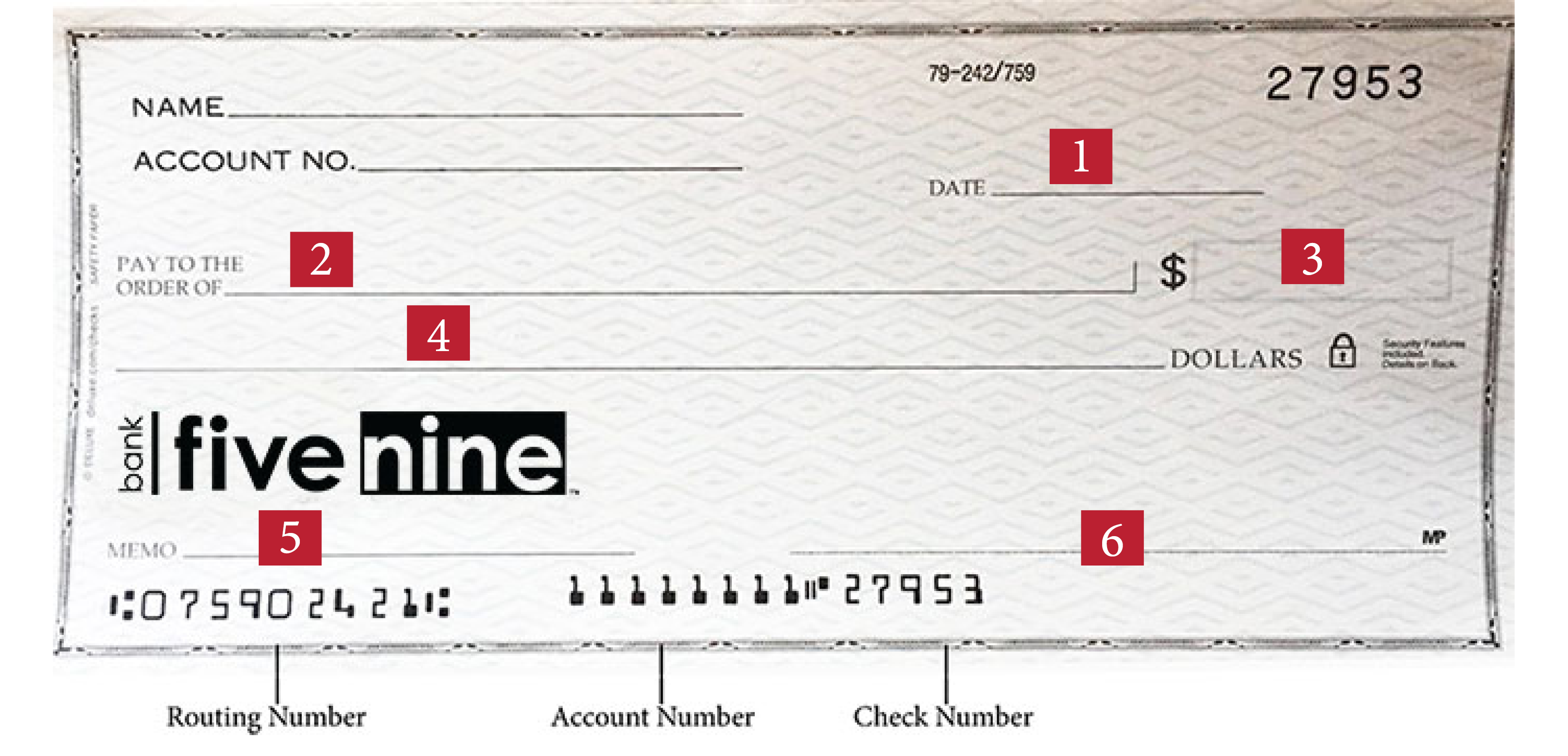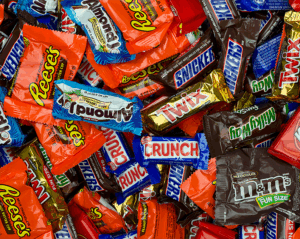How to Write A Check
If a check is not correctly filled out, it cannot be deposited into your personal checking account. Read the below for a quick how to!
Even in this day in age where everything is digital, checks are still common!
Here are some top times you may need to still write a check:
- Wedding gifts
- Rent payments
- Companies that don’t accept plastic
- Bills

1) Date
Write the date you are writing out the check in the top right corner. Make sure you enter the complete month, day and year. You can either write out the date in full (example: January 1, 2025) or use numbers (01/01/2025) – whichever you prefer.
2) “Pay To The Order Of”
In this section you will enter the name of the recipient you are writing the check to.
Make sure to write the full name (first and last) of the person/group/company you’re paying.
Checks are still a popular wedding gift, but how you write the names matters. Here’s what to keep in mind when writing out a check for a wedding:
- Why”or” not “and”?
If you write “John Smith and Jane Doe,” some banks may require both people to be present to deposit it. Not exactly the easiest first errand for newlyweds. Bottom line: use “or” so the gift is simple to cash – because you want to make their honeymoon a little sweeter, not their banking a little harder. - If the couple already shares the same last name:
You can write it as “Mr. and Mrs. John Smith” or simply “John and Jane Smith.” - If they don’t share the same last name or don’t plan to:
It’s best to write both full names with “or” (example: “John Smith or Jane Doe”). This way, either person can deposit the check on their own.
3) The Dollar Box
In this space, you will enter the dollar amount in numeric form.
Write out the exact amount the check is payable for. Don’t round up or estimate.
4) Line Under Name
On the line under the recipient’s name, you will repeat the dollar amount the check is for – but this time, you will write it out in full, writing the change amount written as a fraction.
For example, you should write $128.11 as “One Hundred Twenty Eight and 11/100” . If it’s an even amount, you can simply write “One Hundred” if the check is for $100.
Note: If there’s empty space remaining, take this safety precaution: Draw a line to the end of the field to prevent someone from adding new digits and altering the amount.
5) Memo space
Take note that this space is optional, except when specified by the recipient; if it’s a bill payment, some may specify that you must enter your account number in the Memo field for ID purposes.
Think of this little box in the bottom left-hand corner as your chance to send a secret note – or just a friendly nudge! You can jot things like “Water Bill,” “Happy Birthday,” or even “Thanks for the tacos!” Most of the time it’s just for fun, but sometimes your recipient might need something specific, so always check if they give instructions.
6) Sign your check
Your check isn’t official until you scribble your signature on the line in the bottom right corner. Think of it as putting your autograph on a tiny ticket that says, “Yep, I approve this payment!”.
And… voilà! There you have it! A perfectly written check.
Note: After you write a check, make a quick note in your check register (usually in the back of your checkbook). The money hasn’t officially left your account yet, so tracking it helps you avoid spending it twice. Your check register is set up with columns where you can record the date, check number, payee (who you gave the check to), payment amount, and your running balance. For the most up-to-date account activity and balance, you can always check our secure Online Banking platform.




